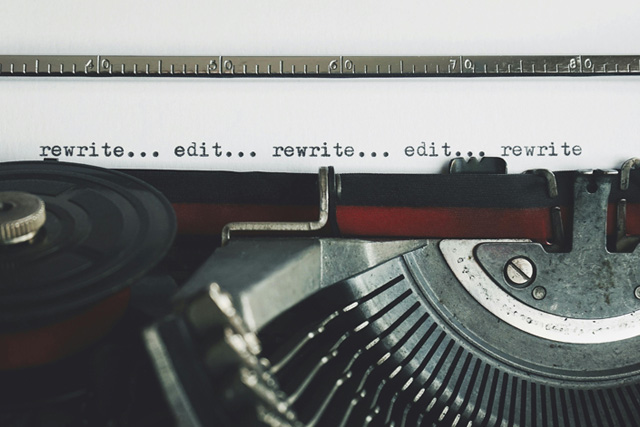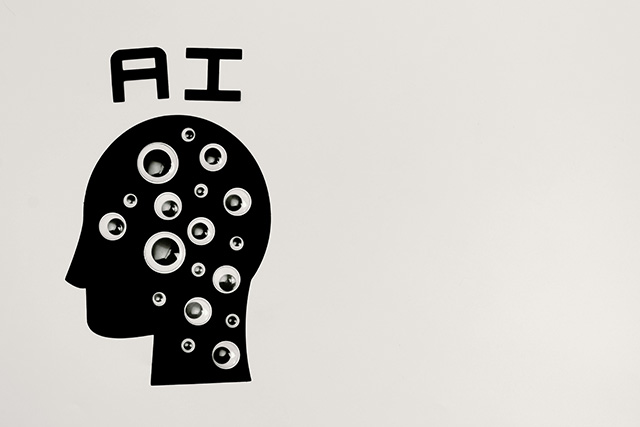Whether you’re publishing your first novel or your tenth, understanding the difference between editing and proofing is essential. Both are crucial steps on the way to publishing a polished book—but they serve very different purposes.
In this post, we’ll break down the key differences, walk through the main types of editing (especially in the English-language publishing world), and explore how this process works in German-speaking markets, too.
Editing vs. Proofing: The Core Difference
Editing
This is the stage where the real shaping happens. It involves correcting grammar, sentence structure, flow, and spelling, but also digs deeper. An editor might suggest rewording awkward phrases, cutting repetition, or restructuring scenes for clarity. Whether it’s line editing or copy editing, this phase focuses on making your story as strong and readable as possible.
Proofreading
Proofing is the final check before publication. At this point, the content should be solid. Proofreading zooms in on surface-level issues like punctuation, typos, formatting errors, and consistency (think straight vs. curly quotes, double spaces, or rogue commas). It’s your last chance to catch tiny slip-ups before the book is out in the world.
The Different Types of Editing (English Market)
In the English-speaking publishing world, editing typically falls into these categories—each one addressing a different layer of your manuscript.
Here’s a breakdown, from most in-depth to most surface-level:
1. Developmental Editing (or Structural Editing)
This is the most comprehensive form of editing. A developmental editor looks at:
- Plot structure and pacing
- Character development and arcs
- Theme and consistency
- Scene order and flow
- Overall story logic
This type of editing often leads to big-picture revisions. It’s especially helpful in early drafts when you’re still shaping the story.
2. Line Editing
Line editing focuses on the style, voice, and flow of your writing—line by line. It improves:
- Sentence structure
- Word choice and tone
- Clarity and rhythm
- Repetitiveness or redundancy
This step makes your manuscript read smoothly and feel polished, without changing the story itself.
3. Copyediting
Copyediting ensures your manuscript is technically correct. It focuses on:
- Grammar and syntax
- Spelling and punctuation
- Consistency (character names, dates, timelines)
- Fact-checking and formatting
Think of it as the final quality control before proofing.
4. Proofreading
Proofreading is the last pass before publishing. It catches:
- Typos
- Extra spaces
- Formatting errors
- Final punctuation tweaks
While it may sound simple, proofreading is vital—especially when you’re getting ready to send your book to print or upload it to online retailers.
What About Editing in the German Book Market?
In Germany and Austria, editing is less segmented than in the English market—but the stages still exist. They’re typically referred to as:
- Lektorat – a broad term that can include both developmental and line editing
- Korrektorat – proofreading and basic grammar/spelling corrections
Professional publishing houses may use separate editors for content and language style, but freelance editors in German-speaking markets often offer a blended service—sometimes called “stilistisches Lektorat” for line editing with stylistic focus.
👉 If you’re translating your book into German, it’s helpful to understand these distinctions when working with editors or choosing post-translation services.
Why This Matters for Translated Books
If you’re having your book translated into another language—especially German—it’s important to clarify what level of editing you need after the translation is complete.
For example:
- If the original was never professionally edited, you may need a full edit of the translation.
- If your original was clean, a light stylistic review + proofing might be enough.
👉 Learn more in: My Book Translation Process in 10 Steps
Final Thoughts: Choose the Right Level of Editing
When it comes to book translation, not all types of editing are relevant. Developmental editing and line editing should already be completed in the original language. By the time you’re ready to translate your book, your manuscript should be clean, polished, and ready for its next audience.
(Want to know when your book is truly ready for translation? Check out this post: When to Translate Your Book: What Every Author Should Know)
The editing stages that do matter for translation are copyediting and proofreading — and both are already included in my book translation services. I ensure your translated manuscript isn’t just accurate, but also stylistically polished and publication-ready. You can focus on writing your next book while I take care of delivering a translation you’ll be proud to publish.
👉 Ready to bring your book to new readers? Get in touch with me today and let’s talk about your translation project.





